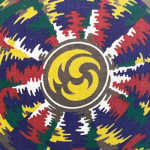In-Depth Review of Computational Social Science from UC Davis
This exciting developing field involves leveraging computing to analyze human and societal behaviour.
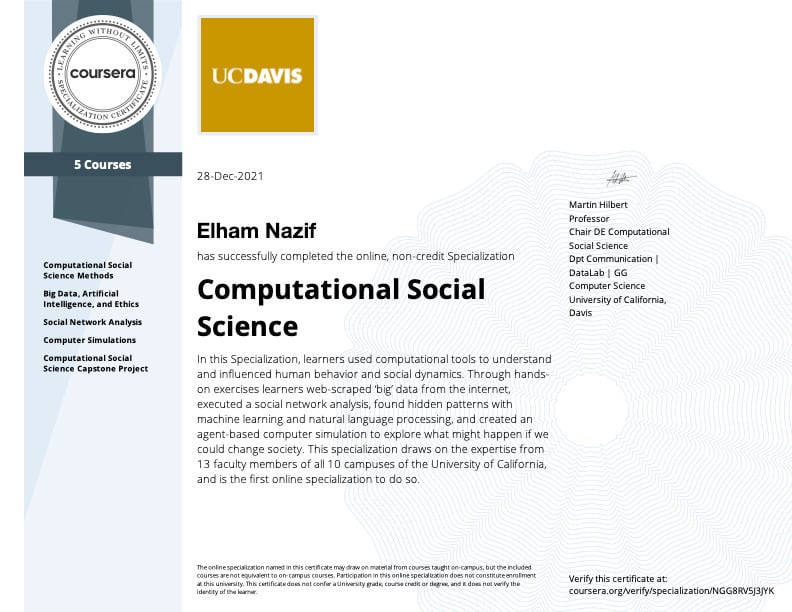
The field of Computational Social Science is an exciting developing field with lots of potential.
When I was in high school, I started contemplating about my future — what do I want to do after graduating?
I was interested in the humanities, particularly the social sciences because of how creative and intriguing it is to study how society works. I also liked programming as a kid, but we didn’t have a computer lab in high school. I wanted something that dabbled in those two, so you can guess what a happy surprise it was when I came across Computational Social Science, a computational approach to analysing human and societal behaviour.
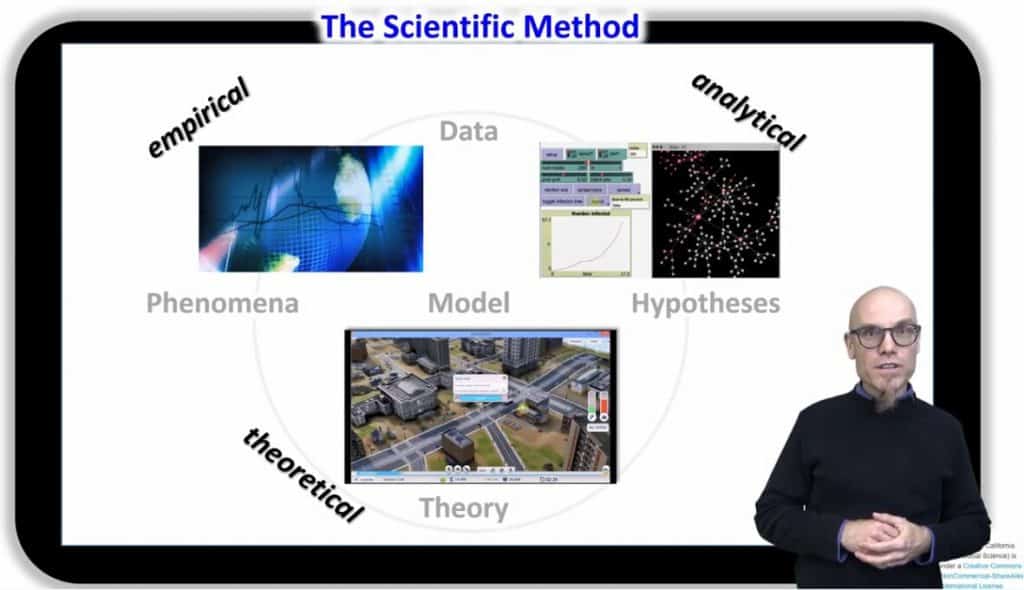
But there was a small catch — it was newly emerging, meaning that it wasn’t really talked about on the Internet nor the real world. I scoured the web, looking for ways to get into this sub-discipline. A web search led me to a few universities offering degrees. Alas, all those universities were on a different continent and I was too young to study abroad. Disappointed, I learnt whatever I could about the field from scattered sources over the internet. Until one day, I stumbled across a YouTube lecture linking to Coursera’s Computational Social Science Specialization. I was relieved!
The Five Courses
The specialization consists of five courses, offered by UC Davis and instructed by Professor Martin Hilbert, bringing together professors from all ten University of California campuses to provide a glimpse into the theories and applications of Computational Social Science. It is beginner friendly, with no prerequisite knowledge needed about social science nor computer programming. And it appears on Class Central’s Best Courses of All Time list.
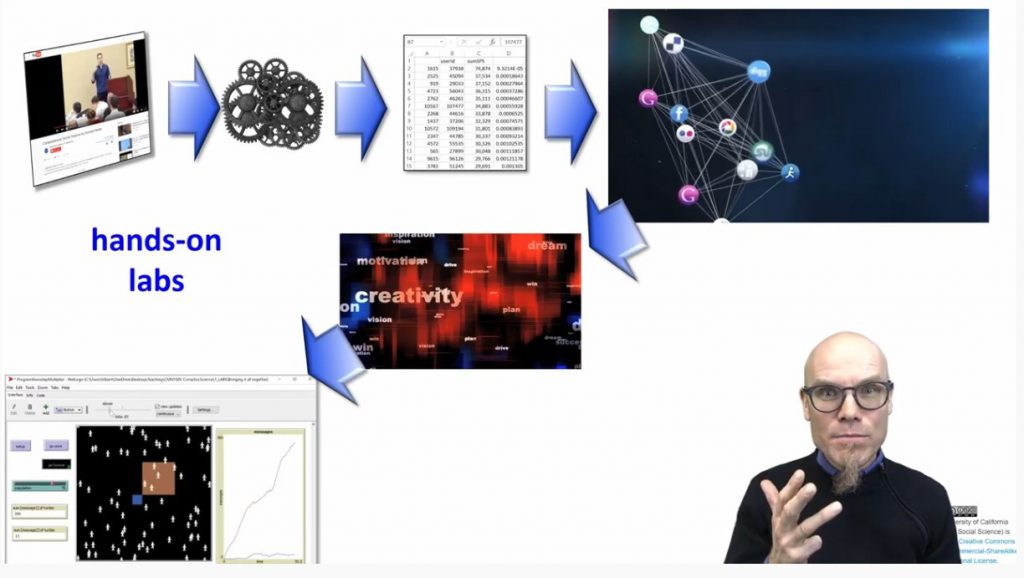
Course 1: Computational Social Science Methods
The first course gives us a general overview about what Computational Social Science is and why it is becoming increasingly important. Computational Social Science is a subset of the Social Sciences that says, “Since science deals with data, and ever since the digital revolution, humans invariably leave behind tons of data due to internet usage, how about we use these ‘digital footprints’ to come up with theories and predictions about society?”.
But how can our limited fleshy brains comprehend the 2.5 quintillion (that’s 18 zeros) bytes of data produced each day? That’s where computers come in. With robust software and human ingeniousness (and red wine too, as Professor Hilbert claims), Computational Social Science seeks to gain a better understanding about humans and society by employing a variety of methods from other disciplines, like Data Science, Machine Learning, Network Analysis, Media Analysis, and much more.
We hear several examples of Computational Social Science being used to improve the world. For example, providing census data from mobile phone logs in less developed countries to fight poverty, or combating obesity through analysing social networks.
Course 2: Big Data, AI, and Ethics
The second course takes us through Big Data, the overwhelming amount of information on the Internet and how it can be used for predicting human behaviour. This is so effective that it has been used for political gains (Does Cambridge Analytica ring a bell?).
We also explore artificial intelligence: is it really an intelligence? Before the advent of aviation, humans associated flying with birds and feathers, and would have never thought that metal tubes could fly even faster than birds. So, will humans eventually have to recognise a new form of intelligence?
And since Computational Social Scientists are scientists, we have to abide by ethical guidelines and are reminded of numerous cases of unethical research. Privacy is still an ongoing issue. How are we to conduct ethical research? And if we were to employ AI, how much power should we give to AI to make the right moral decisions, especially in policing systems like preventative crime detection?
Course 3: Social Network Analysis
In the third course we take a look at networks, or more precisely social networks. Networks are a handy way to model complex relationships between hundreds of thousands or maybe even millions of entities, be they individuals or groups.
This is also where we get a little taste of the maths and network theory involved, like knowing the different ways of defining the centre of a network and choosing the best definition for our purposes. We also looked at how simulations can aid our analysis of static and dynamic networks.
Course 4: Computer Simulations
Then in the fourth course we played around with computer simulations, which I found was the most exciting course of the lot. By configuring and tweaking only a few parameters of a simulation, we were able to replicate several societal phenomena, like migration or wealth inequality. This isn’t to say that society isn’t complex, and the phenomenon certainly breaks down the more it is scrutinized, but it is incredible to see group behaviour emerge from individual behaviour, known as social emergence.
Course 5: Computational Social Science Capstone Project
And lastly, the specialization wraps up with a capstone project that tests our use of the tools we’ve learnt so far in order to produce an analysis of several projects.
First, we had to web scrape data from YouTube and analyse it in a network graphing software called Gephi. Then, we fed the comments of YouTube videos to IBM Watson for Natural Language Processing and compared the sentiment. Lastly, we followed along Professor Hilbert coding an agent-based model with NetLogo to visualize how information or disease spread from one person to another.
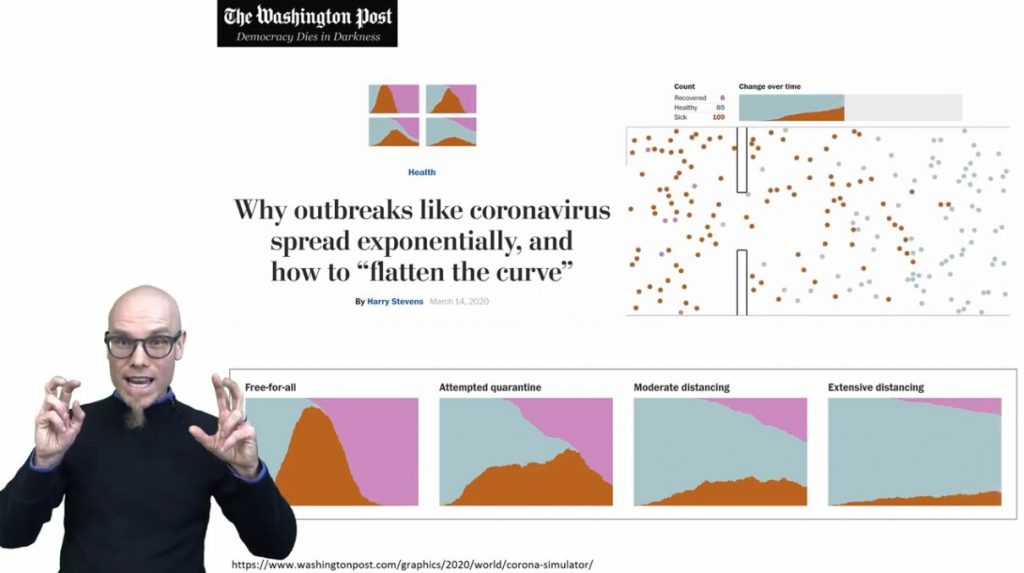
Professor Hilbert’s Humour
The lectures are well produced, making use of visuals and graphics. And how could I not mention Professor Hilbert’s humour! Him standing cheerfully in front of his slides and the occasional question pop-up that appears during the lectures helped me feel really engaged in the lessons. In each course, there are exercises and hands-on projects given that weren’t too difficult for a beginner to handle, as long as you paid attention watching the lectures. The exercise about Social Networks did give me some trouble because of maths, but after a few attempts, I managed to complete it.
I’m glad to have taken this specialization, as I’ve learnt a great deal about theory and practice from Professor Hilbert and his colleagues. I came in wanting to know about Computational Social Science and came out with an even greater interest and desire to dive into it. I recommend the specialization not only for those who want to tackle societal problems through computational methods, but also for anyone with a keen interest in the ways technology affects our lives and how we can change technology to affect the way we live.
